Susanoo-no-Mikoto, the Outsider God – The History of Conflict between Izumo and the Tenson Clan
Amaterasu Omikami, who rules the heavens, and Tsukuyomi-no-Mikoto, who governs the moon. And then, Susanoo-no-Mikoto, the god who protects the turbulent seas and boundaries. He stands out as a distinct and unusual figure in Japanese mythology. Although he was a member of the Tenson clan (heavenly grandchild clan), he was the first to descend to “Earth.”
Historical spellings include Susanoo, Susanoo-o, Susa-no-o, Susanoo-o-no-Mikoto, and Susano-o-no-Mikoto.
In the Kojiki, he is referred to as Takehayasusanoo-no-Mikoto, Hayasusanoo-no-Mikoto, Susanoo-no-Mikoto, and Susanoo-no-Mikoto. In the Nihon Shoki, he is Susanoo-no-Mikoto, Kamu Susanoo-no-Mikoto, Hayasusanoo-no-Mikoto, and Take Susanoo-no-Mikoto. In the Izumo-no-Kuni Fudoki, he is Kamu Susanoo-no-Mikoto and Susanoo-no-Mikoto. In the Shina Shintan Koku Kōdairekiki – “Nihon Kodaishi” Zōhohen, he is written as Oso-o-no-Mikoto, among others. (So many names!)
In the syncretism of Shinto and Buddhism, he is identified with Gozu Tenno.
Long before the Hata clan even arrived in Japan, Susanoo-no-Mikoto descended upon this archipelago. As a member of the Tenson clan, Susanoo-no-Mikoto was the younger brother of Amaterasu Omikami and thus of the same lineage.
What kind of god is Susanoo-no-Mikoto? The Charm of the Raging God [Japanese Gods] | AMINA COLLECTION Co.,Ltd. (This link from the original text directs to a Japanese culture website about Susanoo.) Susanoo is very famous in Japanese mythology. He is the younger brother deity of Amaterasu Omikami and frequently appears in the Kojiki and Nihon Shoki as “Susanoo-no-Mikoto” or “Susanoo-no-Mikoto.” Although he was a great renegade and banished from the celestial realm, he also became a hero by descending to the land of Izumo and slaying the Yamata-no-Orochi.
The “Foreign God” Who Became King of Izumo
His divine power was first tested in Kyushu. There, Susanoo-no-Mikoto, possessing absolute power, triumphed over the ancient Izumo clan and seized control of the Izumo dynasty. And thus, the legend begins. He defeated the Yamata-no-Orochi and married Kushinadahime, a local maiden. Their child was Suseribime. It was this princess whom Ōkuninushi later married. Ōkuninushi was an adopted son-in-law and is thought to be from a different ethnic group than Susanoo-no-Mikoto.
Incidentally, Susanoo-no-Mikoto is said to have already had eight imperial princes, leading to one theory that this is the origin of the place name “Hachioji” (meaning “eight princes”).
Susanoo-no-Mikoto’s Bloodline: The Munakata Three Goddesses and Inari Okami
Susanoo-no-Mikoto was not merely a god of war. Uka-no-Mitama-no-Kami (宇迦之御魂神), the source of Inari worship, was his second son.
What is a Nature Spirit? Ancient Japanese Nature Worship and Its Essence (This link from the original text directs to a blog post about nature spirits in Japan.) Unlike the “guardian spirits” we often hear about, “nature spirits” are mystical beings that are a bit difficult to understand. They can be said to be very important beings for us to deeply examine the growth of our souls and our relationship with nature. What are nature spirits? Nature spirits are beings…
The Relationship Between Uka-no-Mitama-no-Kami and the Hata Clan: Fushimi Inari and the Hata Clan’s Connection
- The founding of Fushimi Inari Taisha (Kyoto) originated from the enshrinement of “Uka-no-Mitama-no-Kami,” the tutelary deity of the Hata clan.
- According to a lost passage from the Yamashiro-no-Kuni Fudoki, it is said to have begun when a person named Hata no Irogu enshrined a divine spirit on Inari Mountain.
- From this, Uka-no-Mitama-no-Kami is considered the tutelary deity of the Hata clan, and the widespread “Inari worship” throughout Japan speaks to the immense influence of this clan.
Connection to Susanoo-no-Mikoto?
- In some documents, Uka-no-Mitama-no-Kami is listed in genealogies as a child or grandchild of Susanoo-no-Mikoto.
- One theory suggests a tradition that after Susanoo-no-Mikoto expanded his influence in Izumo, he imparted skills and knowledge to the ancestors of the Hata clan.
- Thus, a flow of Susanoo-no-Mikoto → Uka-no-Mitama → Inari Okami → Hata Clan can be seen.
| Item | Content |
| Uka-no-Mitama-no-Kami | Deity of grains and rice. Main deity of Inari shrines. |
| Relationship with Hata Clan | Enshrined at Fushimi Inari as the Hata clan’s tutelary deity. |
| Relationship with Susanoo-no-Mikoto | Genealogically considered a child or grandchild of Susanoo-no-Mikoto. |
| Importance | A deity symbolizing the fusion of immigrant culture/technology and Shinto faith. |
Note: In academic circles, there is a strong view that the genealogies of the gods in classic myths like the Kojiki and Nihon Shoki were compiled with political intentions regarding their relationship with Susanoo-no-Mikoto.
The Hata clan’s deity, Inari Okami, might not be of Susanoo-no-Mikoto’s lineage, but rather a “deity of foreign origin.”
Furthermore, his daughters possess divine attributes symbolizing “sea and water” and are worshipped as the Munakata Three Goddesses:
- Ichikishima-hime-no-Mikoto
- Tagitsuhime-no-Mikoto
- Tagorihime-no-Mikoto
Currently, they are enshrined at Itsukushima Shrine and Munakata Taisha. Susanoo-no-Mikoto’s blood symbolized not only power but also harmony with nature.
The “Usurpation of Sovereignty” by the Tenson Clan
Izumo Oyashiro and Ōkuninushi-no-Ōkami (This link from the original text directs to the official website of Izumo Oyashiro.) The official website of Izumo Oyashiro, famous as the god of matchmaking and good fortune. The enshrined deity is Ōkuninushi-no-Ōkami, widely revered as “Daikoku-sama,” whose various divine virtues manifested throughout Japan are praised by numerous divine names…
After Susanoo-no-Mikoto’s death, Amaterasu Omikami moved to assert control over Izumo. The envoys sent were Takemikazuchi and Futsunushi. They told Ōkuninushi, the King of Izumo, to “cede the land.” However, Ōkuninushi replied, “It is not I who should be entrusted with the future of this country. Please ask my son, Kotoshiro-nushi, who inherits Susanoo-no-Mikoto’s blood.”
This Kotoshiro-nushi, also known as “Ebisu” of the Seven Lucky Gods, has an anecdote that he was fishing despite being in wartime. He accepted the cession of the land, but one person was not convinced: Takeminakata.
The God Sealed in Suwa
Takeminakata attempted a final resistance and, after a battle, fled to Suwa (present-day Nagano Prefecture). As a result, his arms were broken, and his life was spared, but he was forbidden to leave that place. Suwa Taisha, which enshrines Takeminakata, was born in this land.
Shinano Province Ichinomiya Suwa Taisha (This link from the original text directs to the official website of Suwa Taisha.) Suwa Taisha is a shrine with four precincts around Lake Suwa in Nagano Prefecture. It is the Ichinomiya of Shinano Province. Its divine rank is Shōichii. It is the head shrine of Suwa Shrines throughout the country and is considered one of the oldest shrines in Japan.
The short-lived “Suwa Kingdom” might be the memory of a lost dynasty.
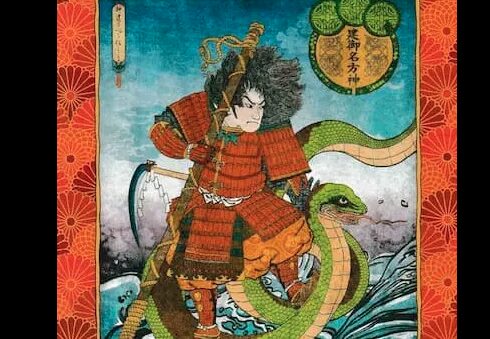
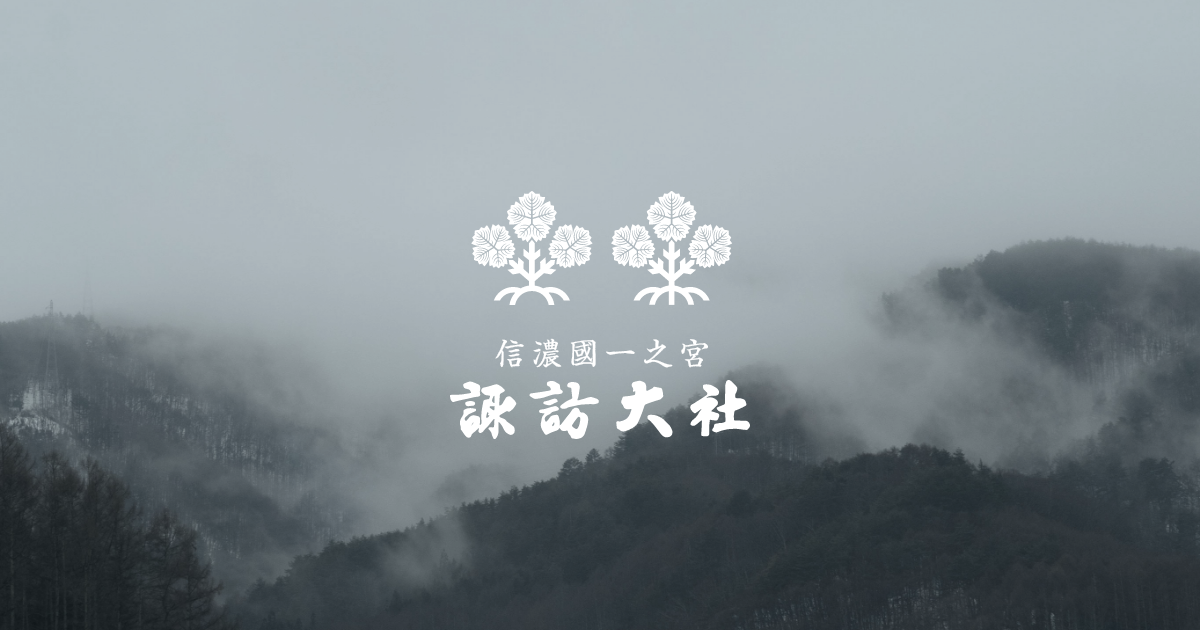
Conclusion: The “Foreign God” Who Shaped Japan
Who was Susanoo-no-Mikoto? The Izumo dynasty he ruled and his bloodline still leave their traces in the form of shrines throughout Japan. He was a being who could not be controlled by mere force. That was the god Susanoo-no-Mikoto. And the transfer of power from Izumo to the Tenson clan—it might not have been just a myth but a “real transfer of sovereignty” in ancient Japan.
History is told by the victors. But mythology is the “form” left by the silent side. It is said that gods with many names in shrines were very active on Earth (3D) and therefore have many people under their protection. Susanoo-no-Mikoto seems to have something similar…
Oh, never mind. Thank you for reading.
The story of Susanoo-no-Mikoto certainly presents a fascinating alternative perspective on Japan’s ancient history, weaving together divine narratives with what might have been real-world power struggles and cultural exchanges.
Are there any other aspects of this myth or Japanese history that you’d like to explore further?
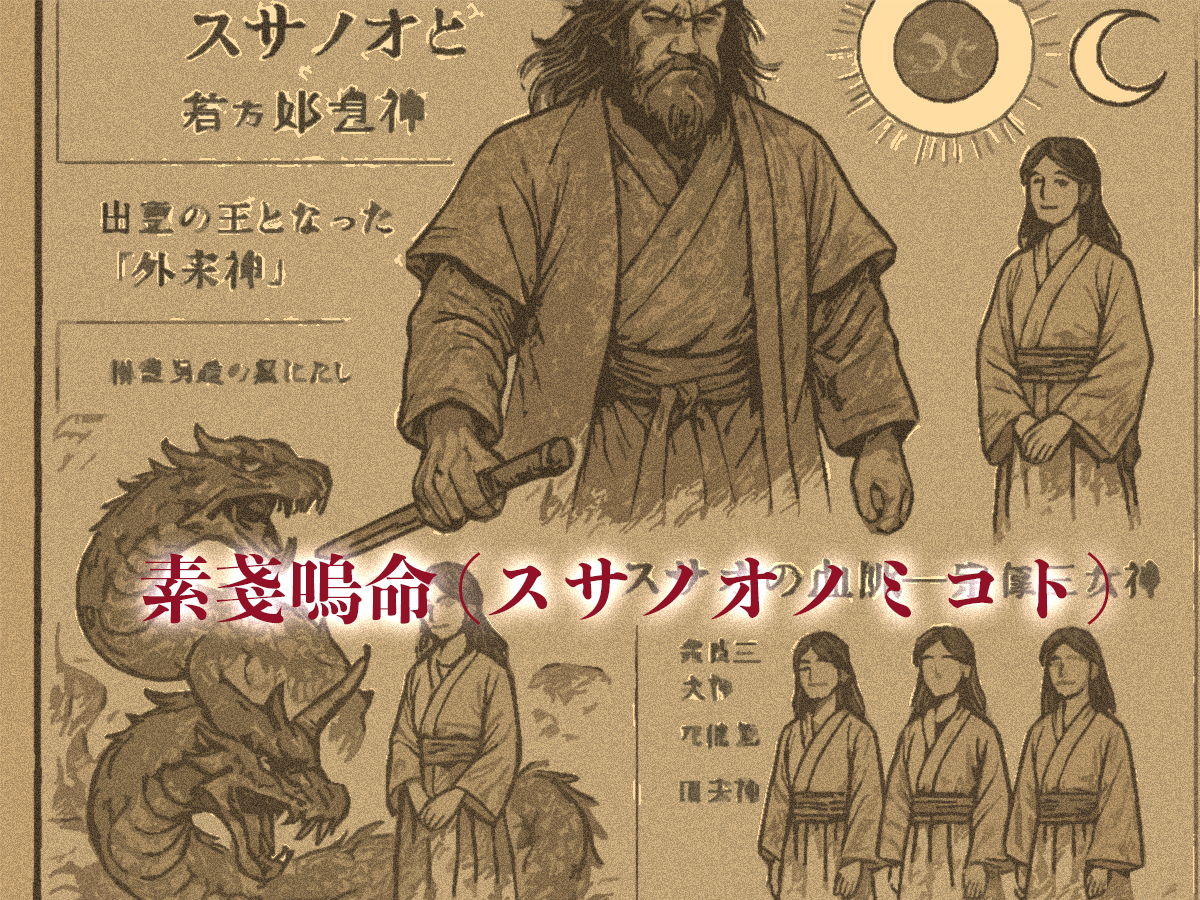
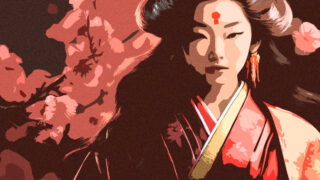
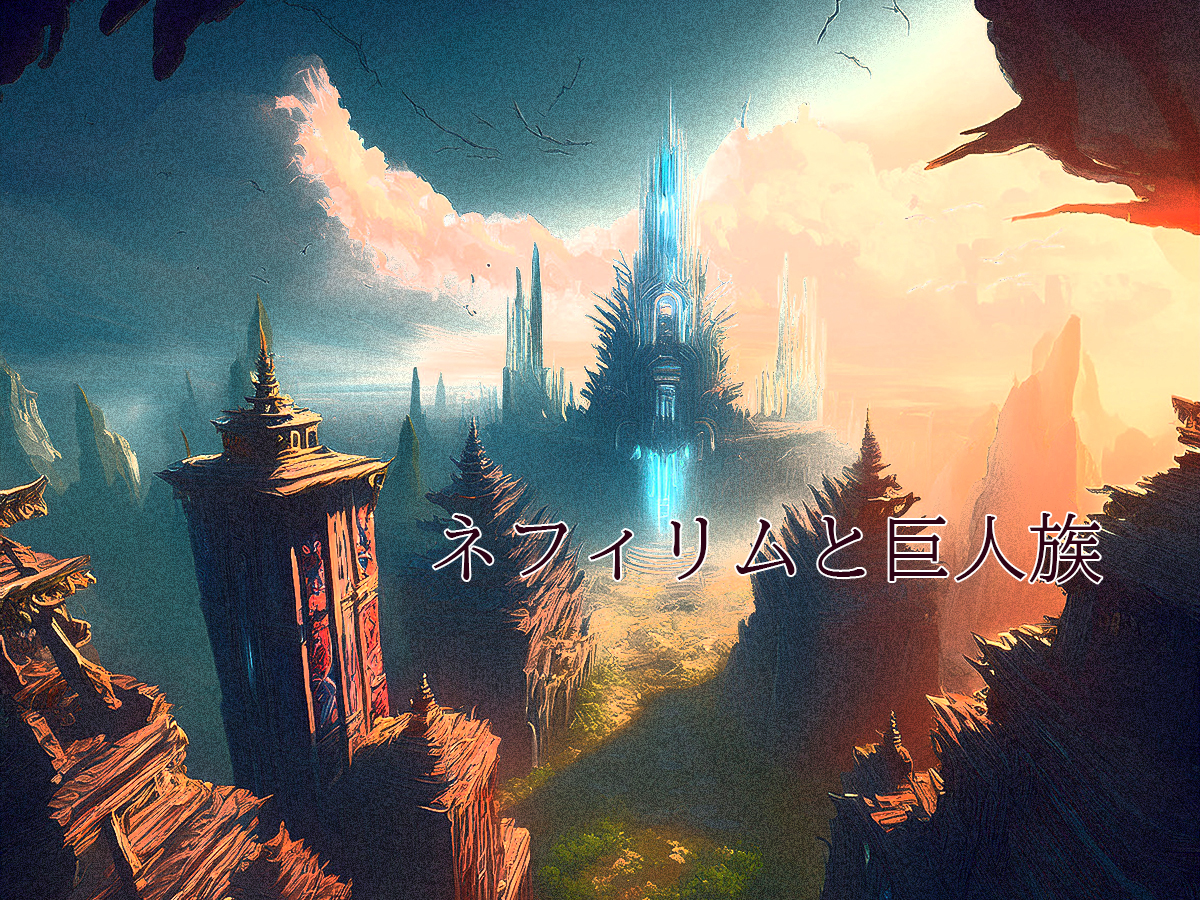
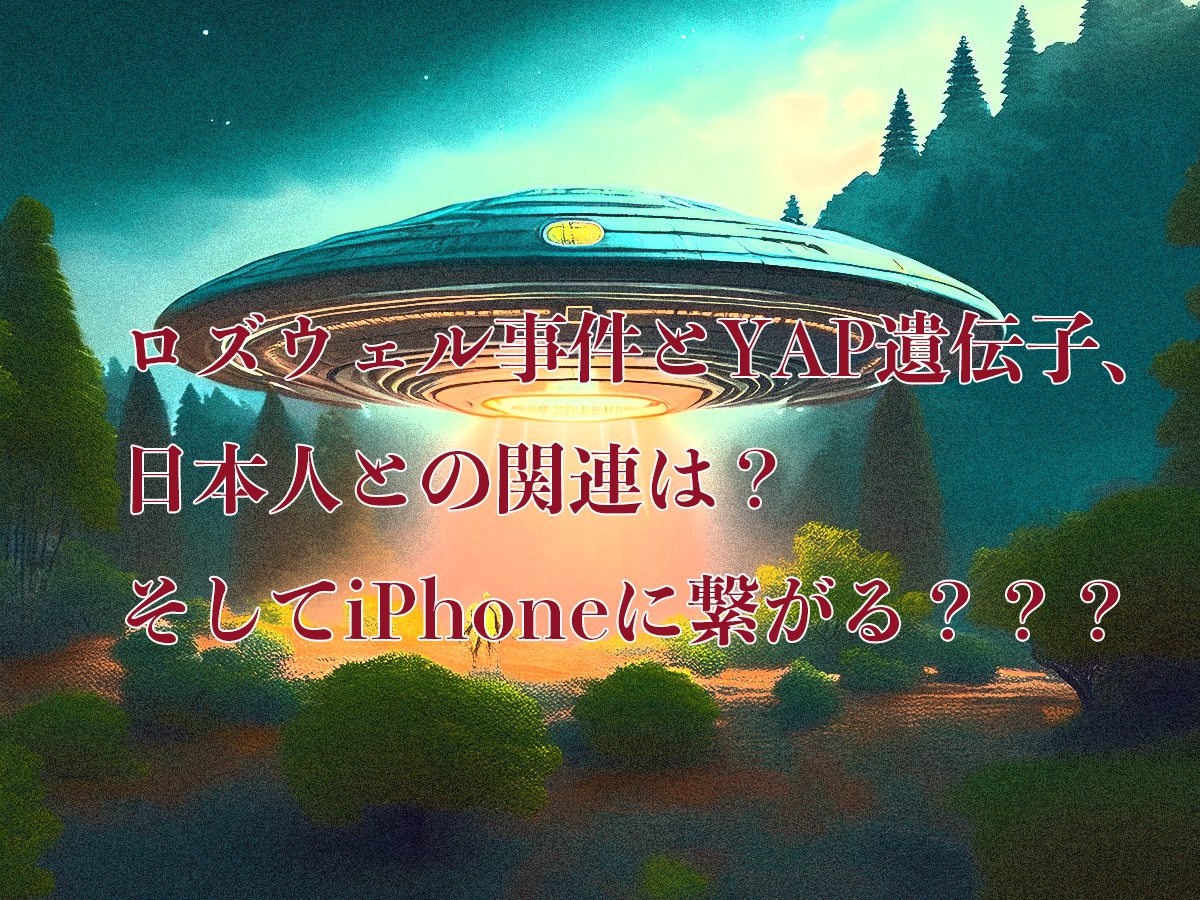
コメント